
How to Select the Right Floor Vent for Cleanrooms
- By:Lisa
- 2025-10-22
- 29
Why Airflow Design Matters in Cleanrooms
In high-tech manufacturing, biopharmaceutical production, and precision electronics, cleanrooms serve as the frontline defense against particulate contamination. Performance isn’t just about filtration—it’s about controlled, uniform airflow that actively flushes contaminants away from critical zones. According to ISO 14644-1, ISO Class 5 environments (equivalent to “Class 100”) demand exceptionally stable, low-turbulence air patterns.
At the heart of this system lies the floor vent—the final interface between the underfloor plenum and the cleanroom workspace. When paired with modular walls and automated doors, even minor missteps in floor vent selection or placement can disrupt airflow, destabilize pressure differentials, or create hard-to-clean dead zones.
This article provides a practical, engineering-focused guide to selecting and integrating floor vents that work seamlessly with cleanroom walls and doors—without compromising performance, compliance, or maintainability.
Core Functions and Design Requirements of Floor Vents
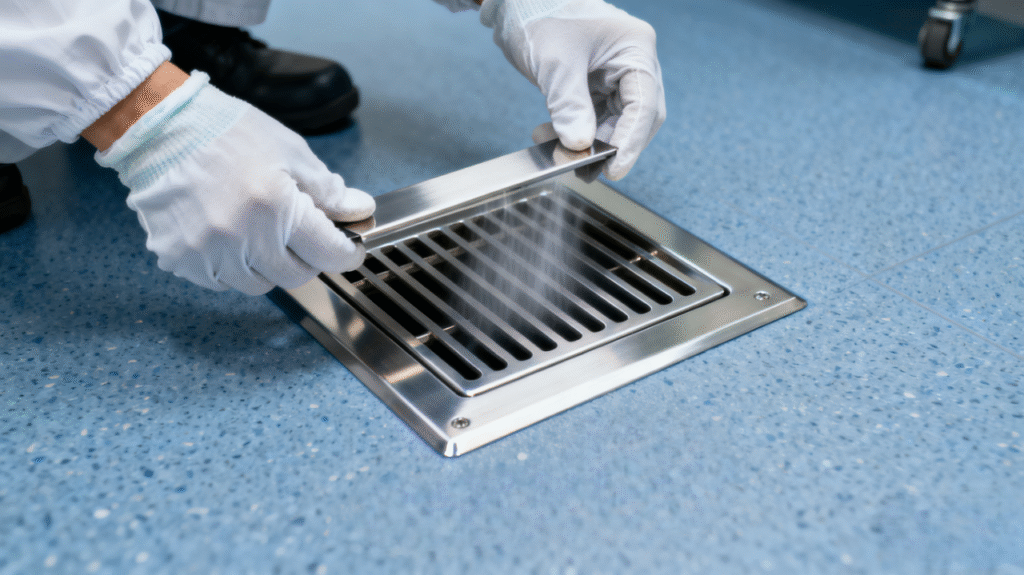
Airflow Uniformity and Low Turbulence
The primary job of a floor vent cover is to deliver filtered air evenly across its face—no jets, no swirls. In ISO Class 5 spaces, face velocity at the working plane (typically 0.8–1.2 m above floor) should stay within 0.3–0.5 m/s, with variation no greater than ±15%.
To achieve this, floor air vent covers must offer a high open area ratio (OAR ≥ 40%) and a controlled airflow throw angle (≤15°). In areas near doors or equipment, engineers often add a floor vent deflector or vent deflectors for floor vents to gently steer airflow around obstacles—preventing short-circuiting caused by door movement. These floor vent diverters are increasingly common in critical environments.
Surface Flatness and Cleanability
ISO 14644-5 mandates that all interior surfaces be “free of cracks, crevices, and easy to clean.” Flush floor vent covers must sit perfectly level with the finished floor—within ±0.5 mm tolerance. Any lip or gap becomes a particle trap and a cleaning nightmare.
For cleanrooms with wood-look finishes, options like hardwood floor vent covers or flush mount wood floor vents can blend aesthetics with function—but only if they meet cleanability standards. To simplify maintenance, many facilities now specify magnetic floor vent covers, allowing technicians to remove and reinstall grilles in under two minutes—dramatically reducing downtime during filter changes or cleaning.
Material Selection: Why 316L Stainless Steel Stands Out
In humid or chemically aggressive environments (e.g., sterile filling suites), 316L stainless steel is the gold standard. Its molybdenum content delivers superior resistance to chloride-induced corrosion. When electropolished to a surface roughness Ra ≤ 0.8 μm, it meets the stringent “non-shedding, smooth surface” requirements of GMP Annex 1 (2022).
While metal floor vents made from aluminum or coated steel may be cost-effective for dry electronics cleanrooms, they risk oxidation or coating failure over time—making them unsuitable for ISO Class 5 and above. For mission-critical zones, modern floor vents should be specified in 316L stainless steel without compromise.
Integration Challenges with Walls and Doors

Avoiding Conflicts with Automatic Sliding Doors
Most cleanrooms use automatic sliding doors equipped with a drop-down door seal—a retractable gasket that drops upon closure to maintain room integrity (leakage ≤ 0.1 m³/h·m² @ 25 Pa). If a flush floor vent is installed directly beneath the door path, two problems arise:
- Mechanical interference between the seal and vent edges
- Airflow disruption when the door opens, causing localized particle spikes
Field data shows particle counts can surge 100–1000× when a floor vent is placed less than 600 mm from the door edge. The solution? Early coordination via BIM to ensure floor vent registers are positioned safely outside the door’s operational envelope.
Maintenance Access and Coordination
Even the best decorative floor vent covers fail if they’re hard to service. Magnetic or tool-free retention systems eliminate screws (which collect dust) and speed up access. Additionally, floor vent extenders can accommodate varying raised floor heights (e.g., 600 mm vs. 750 mm), ensuring the vent body doesn’t intrude into the plenum space.
During cleanroom validation, every HVAC floor vent must be documented and tested—proving it doesn’t introduce contamination risk.
Key Selection Criteria for Floor Vents
Standardized Sizing and Modularity
Raised access floors typically follow a 600×600 mm (24"×24") grid. Therefore, floor vent sizes must align precisely with this module. Common standard floor vent size options include 600×600 mm and 450×450 mm. Custom sizes are possible but can complicate coordination with floor return vents and structural supports.
Active Airflow Assistance (When Needed)
In high-heat zones—like under server racks or process equipment—passive airflow may fall short. Here, a floor vent with fan or floor vent booster fan can provide targeted airflow augmentation. These floor vent blowers are effective but require independent power and must be included in cleanroom validation protocols.
Filtration and Protection
Some designs incorporate floor vent filters (e.g., G4 pre-filters) beneath the grille to protect downstream HEPA units. However, every added layer increases pressure drop, which must be accounted for in fan selection and energy modeling.
Best Practices for Wall-and-Door Integration
Leverage BIM and Clash Detection
Early BIM coordination across architecture, MEP, and cleanroom disciplines is non-negotiable. Using clash detection tools, teams can spot conflicts between floor vents for AC and wall studs, door tracks, or utility conduits—long before construction begins. One vaccine facility avoided 12 costly reworks by catching vent-door clashes in the model phase.
Smart Airflow Direction Near Doors
Instead of avoiding door zones entirely, consider using a floor vent air deflector or air vent deflector floor to redirect airflow sideways. This approach, now referenced in GMP Annex 1 as part of a robust Contamination Control Strategy (CCS), maintains coverage without turbulence.
Balancing Aesthetics and Function
For client-facing or showcase cleanrooms, custom floor vents in flush wood floor vents or wooden floor vent covers can elevate interior design—provided the wood is treated for static control, moisture resistance, and seamless sealing.
Vendor Selection and Validation Support
A qualified supplier should provide:
- Material certifications for 316L stainless steel
- Surface roughness Ra test reports
- Performance curves for pressure drop and airflow (per AMCA 500-D)
- BIM coordination models and clash detection support
- Documentation packages aligned with cleanroom validation (IQ/OQ templates)
Always test physical samples for dimensional accuracy, flatness, and compatibility with drop-down door seals.
Conclusion: Floor Vents as System Integrators
Today’s floor vent is far more than a passive grille—it’s a strategic component that ties together airflow, architecture, and operational reliability. From specifying 316L stainless steel for corrosion resistance, to coordinating with automatic sliding doors and drop-down door seals, to enabling seamless cleanroom validation, every detail matters.
Under the updated GMP Annex 1, which emphasizes “quality by design,” selecting the right floor vent—whether HVAC floor vents, metal floor vents, floor heating vents, or floor vents for AC—is no longer just an HVAC decision. It’s a cross-functional commitment to performance, compliance, and long-term operational excellence.
When done right, your floor vent doesn’t just move air—it safeguards your entire cleanroom mission.
-
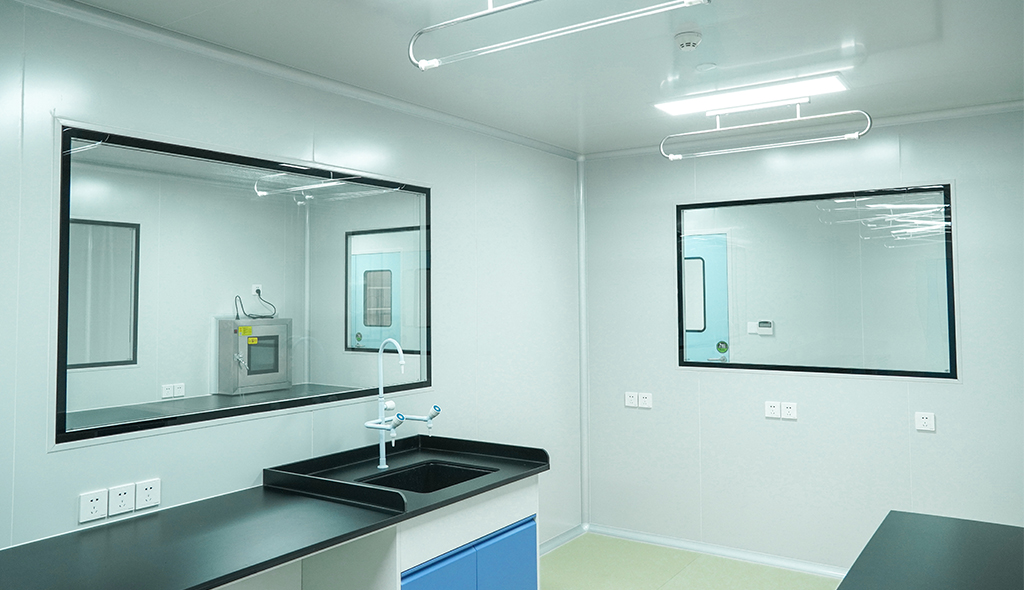 Cleanroom Glass Windows Are The Key to Maintaining a Clean Environment
Cleanroom Glass Windows Are The Key to Maintaining a Clean Environment -
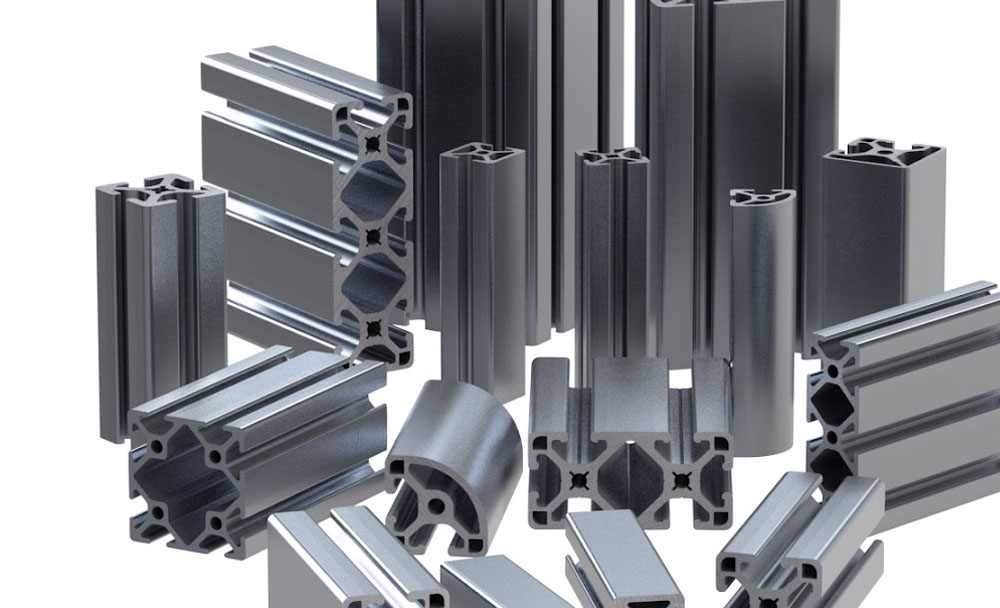 Top Aluminium Profile Manufacturers in China: Leading the Global Market
Top Aluminium Profile Manufacturers in China: Leading the Global Market -
 The Evolution of Air Tight Sliding Doors
The Evolution of Air Tight Sliding Doors -
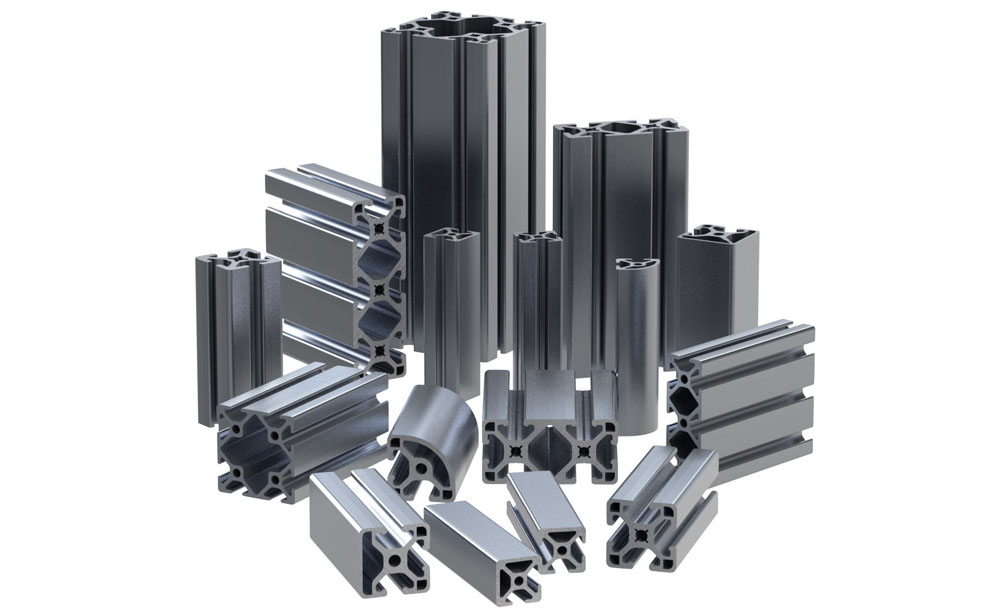 AHU Aluminium Profile: A Comprehensive Guide
AHU Aluminium Profile: A Comprehensive Guide -
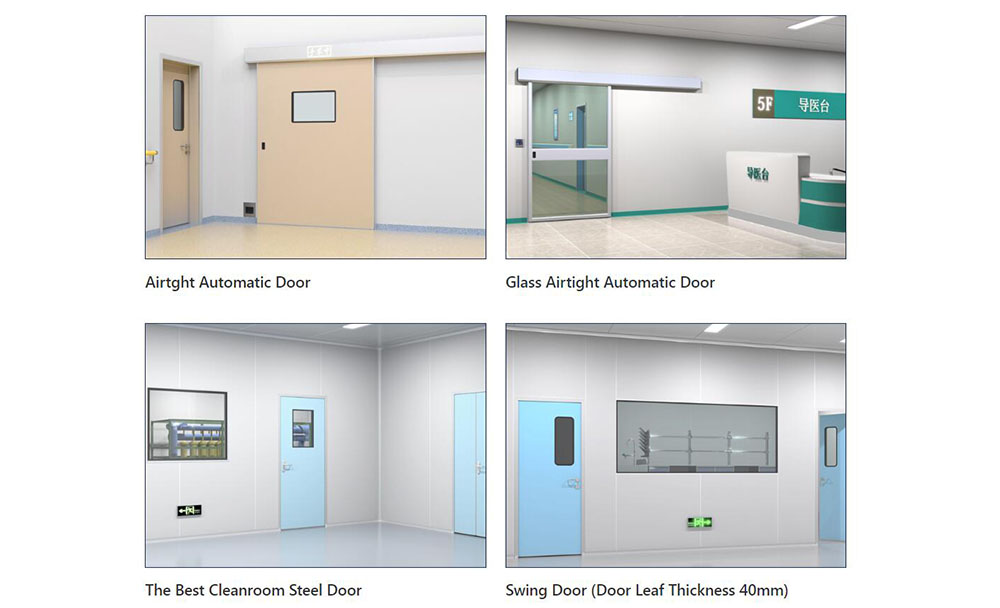 The Importance of Choosing the Right Cleanroom Door in Vietnam
The Importance of Choosing the Right Cleanroom Door in Vietnam -
 The Benefits of Hospital Automatic Doors: Enhancing Efficiency and Safety
The Benefits of Hospital Automatic Doors: Enhancing Efficiency and Safety -
.jpg) The Best Bathroom Door Manufacturers - Unlocking Endless Possibilities!
The Best Bathroom Door Manufacturers - Unlocking Endless Possibilities! -
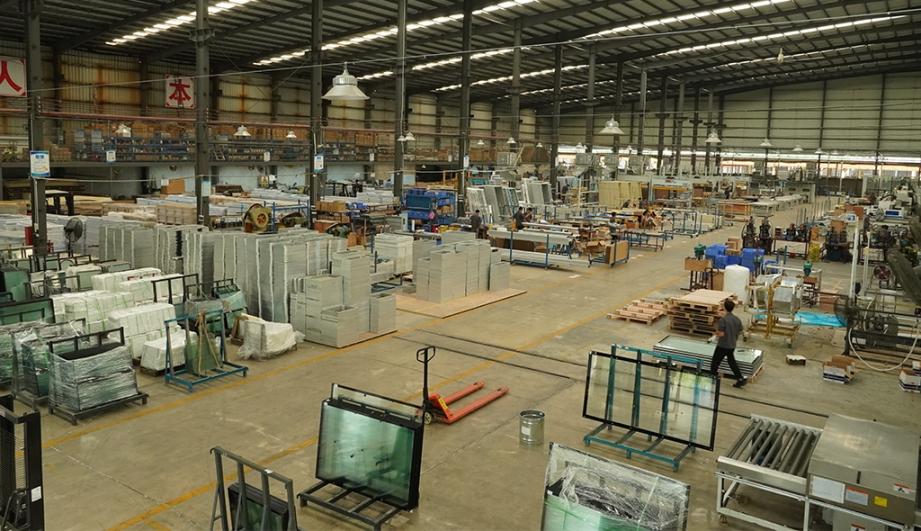 Unlock the Possibilities with AJ Manufacturing Doors
Unlock the Possibilities with AJ Manufacturing Doors -
 Make a Statement with Manufactured Home Interior Doors!
Make a Statement with Manufactured Home Interior Doors! -
 what is aluminum profile? Aluminum Profiles for Your Home is the best option
what is aluminum profile? Aluminum Profiles for Your Home is the best option
-
 How to Extend the Life of Your Exterior Steel Door
How to Extend the Life of Your Exterior Steel Door -
 What Are the Best Materials for AC Vent Covers
What Are the Best Materials for AC Vent Covers -
 Ceiling Vent Covers Labeled Fire-Rated? Here’s How to Verify
Ceiling Vent Covers Labeled Fire-Rated? Here’s How to Verify -
 Upgrading Lab Doors: When to Replace vs. When to Retrofit?
Upgrading Lab Doors: When to Replace vs. When to Retrofit? -
 Stainless Steel Door vs. Alternatives in Cleanrooms
Stainless Steel Door vs. Alternatives in Cleanrooms -
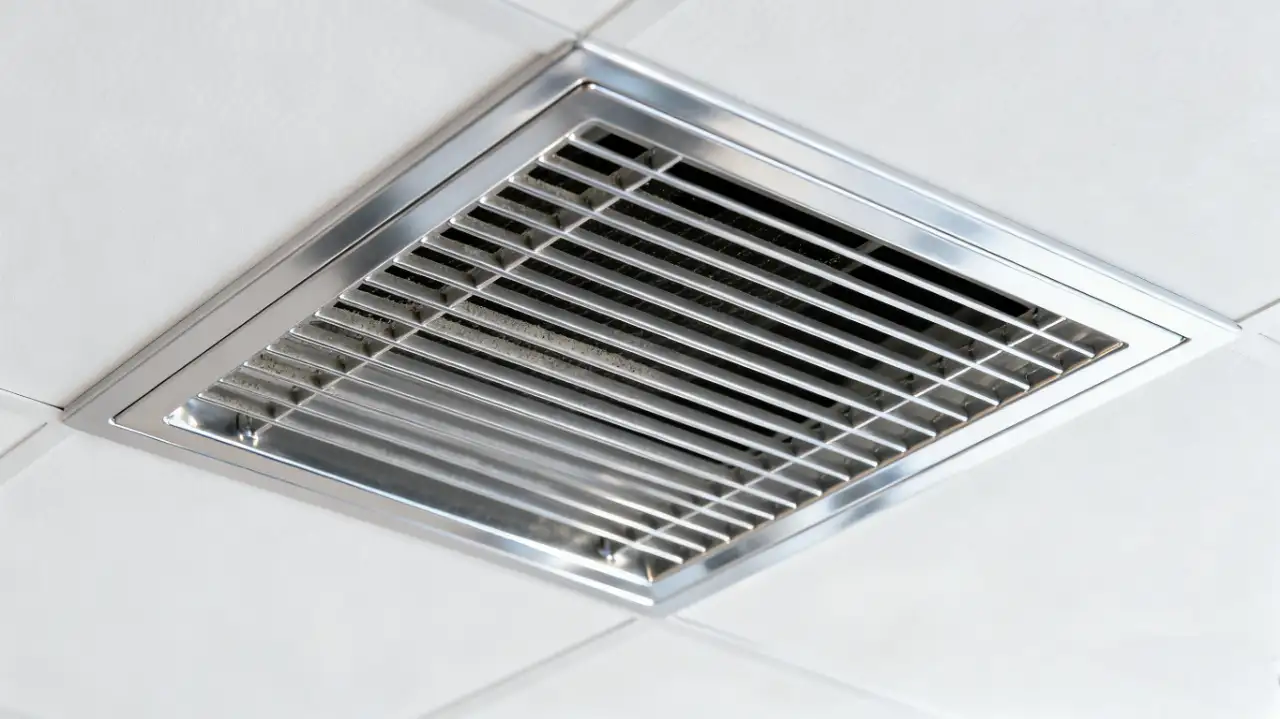 Ceiling Vent Care Tips to Boost HVAC Efficiency Year Round
Ceiling Vent Care Tips to Boost HVAC Efficiency Year Round -
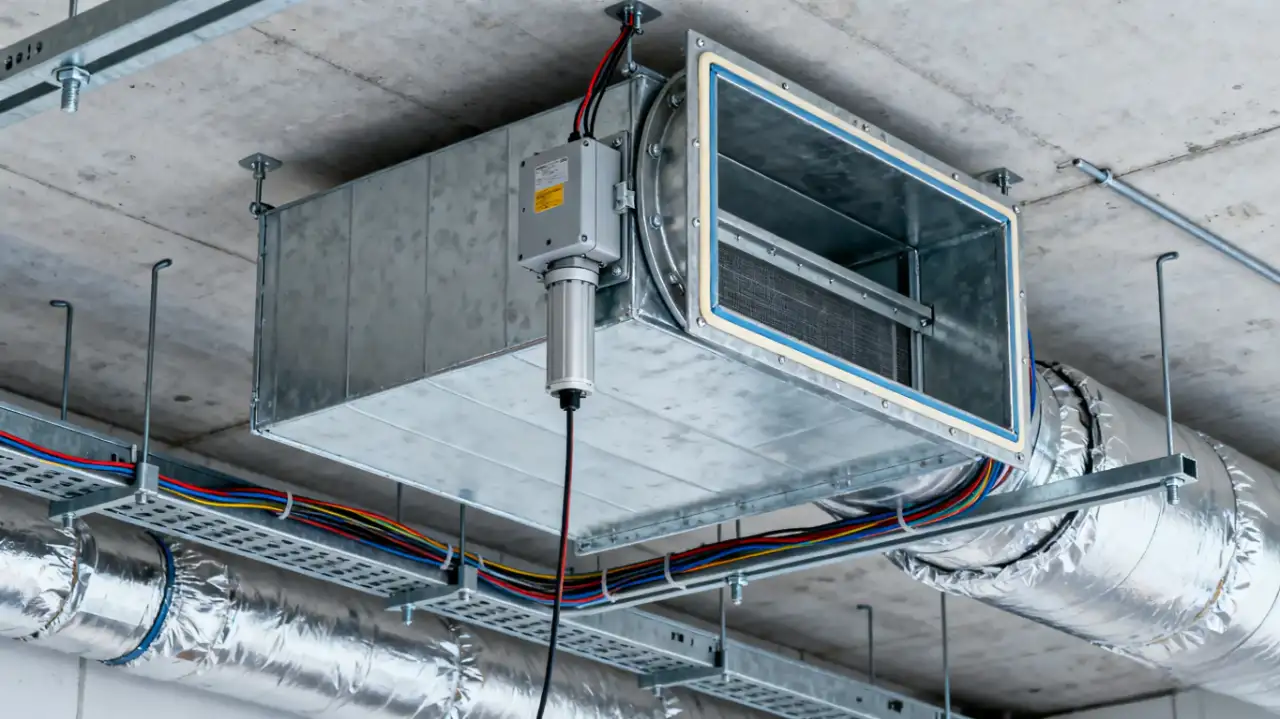 How Air Dampers Drive Efficiency in High Performance Buildings
How Air Dampers Drive Efficiency in High Performance Buildings -
 Why Semiconductor Manufacturing Can’t Function Without Cleanrooms
Why Semiconductor Manufacturing Can’t Function Without Cleanrooms -
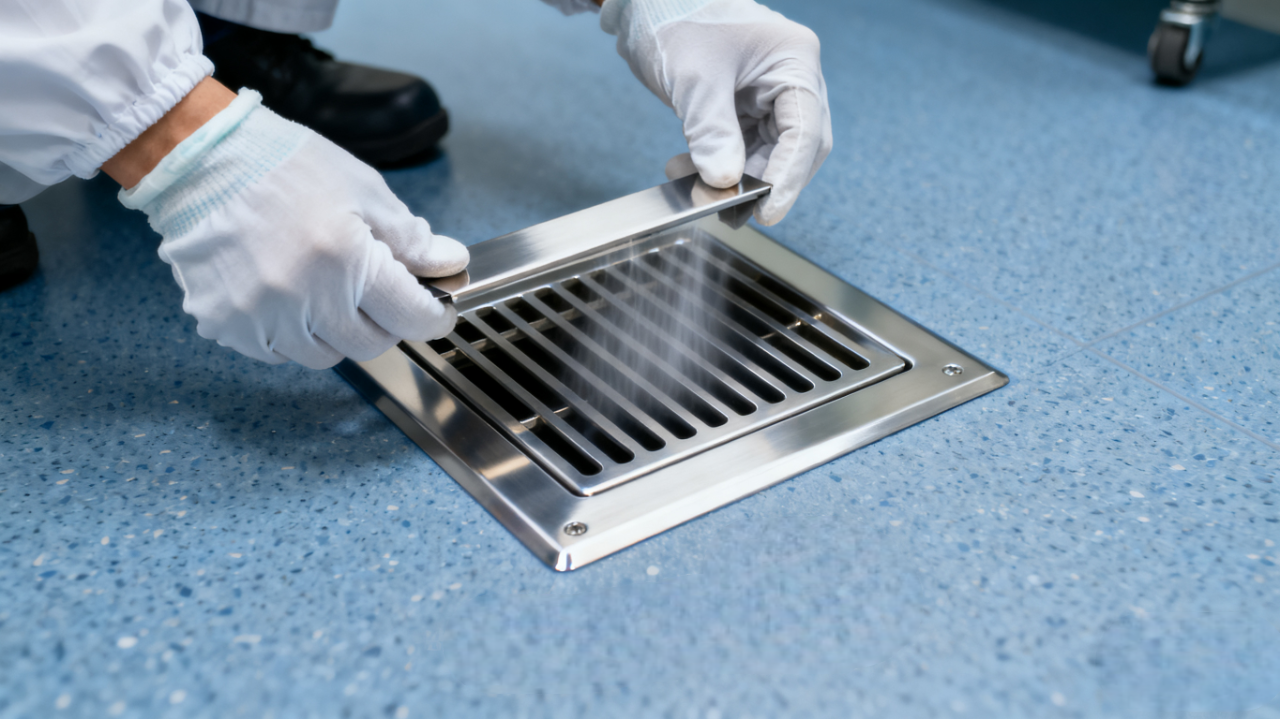 How to Select the Right Floor Vent for Cleanrooms
How to Select the Right Floor Vent for Cleanrooms -
 How to Clean and Maintain AC Registers for Peak HVAC Performance
How to Clean and Maintain AC Registers for Peak HVAC Performance

Guangzhou Yizhong Aluminum Industry Co., Ltd.
We are always providing our customers with reliable products and considerate services.
We are always providing our customers with reliable products and considerate services.




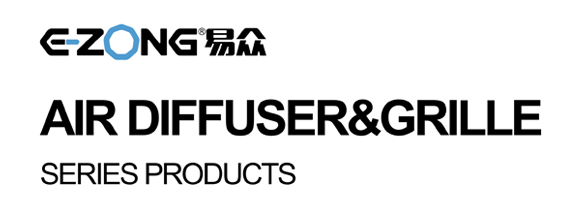





Speak Your Mind